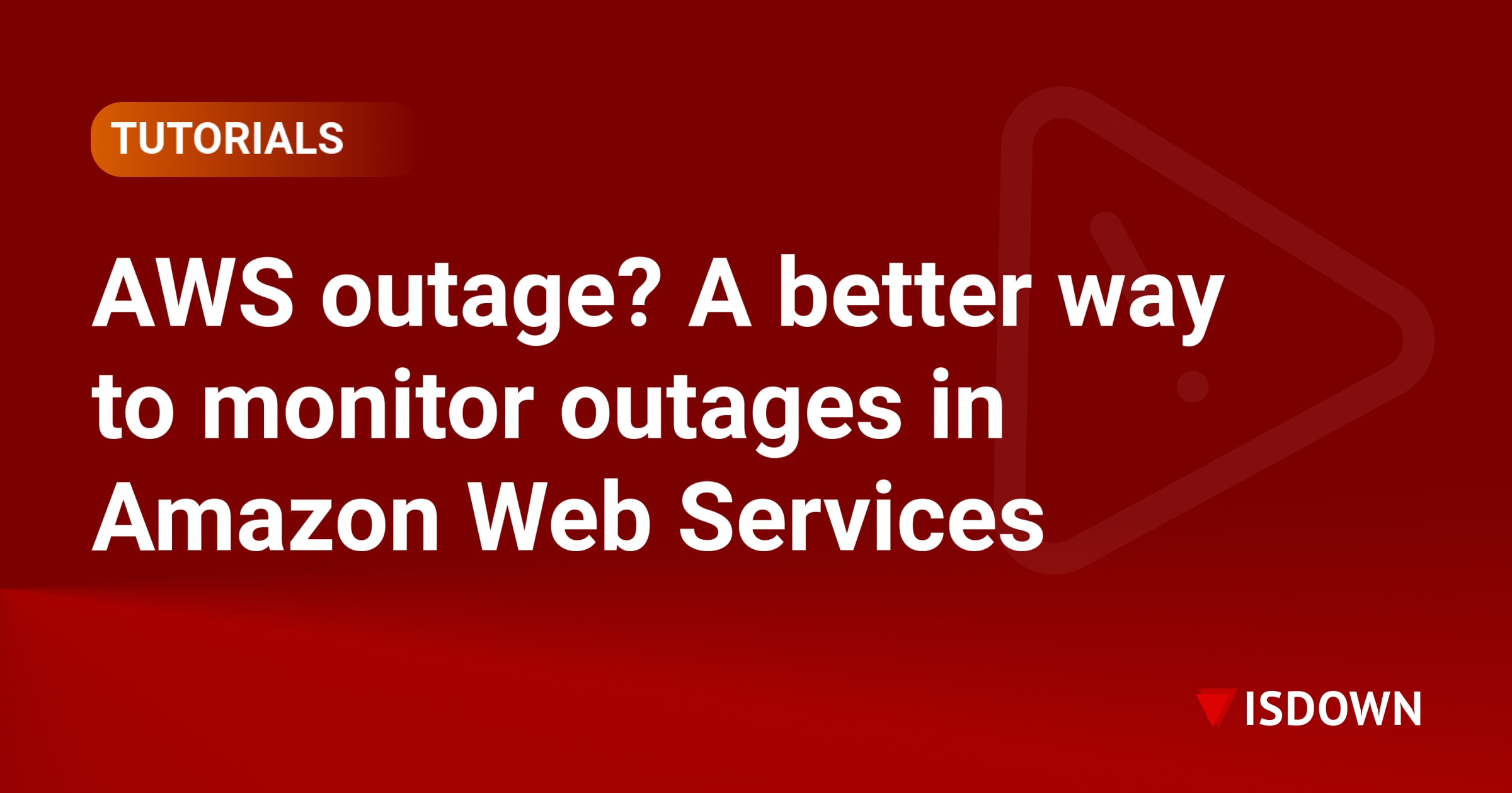Site Reliability Engineering vs DevOps: Which Approach Fits Your Organization?
Choosing between Site Reliability Engineering (SRE) and DevOps can feel like picking between two similar but distinct philosophies. Both aim to improve software delivery and system reliability, but they take different paths to get there.
Understanding these differences helps you make an informed decision about which approach aligns best with your organization's goals, culture, and technical needs.
What is DevOps?
DevOps combines development and operations teams to break down silos and accelerate software delivery. It emphasizes cultural change, automation, and continuous improvement through practices like:
- Continuous Integration/Continuous Deployment (CI/CD)
- Infrastructure as Code (IaC)
- Automated testing and deployment
- Shared responsibility for code quality and system health
- Regular feedback loops between teams
The core principle is collaboration. Developers and operations staff work together throughout the entire software lifecycle, from planning to deployment and maintenance.
What is Site Reliability Engineering?
SRE, pioneered by Google, applies software engineering principles to operations challenges. SRE teams focus on creating scalable, reliable systems through:
- Service Level Objectives (SLOs) and error budgets
- Automation to eliminate manual toil
- Blameless post-mortems for continuous learning
- Capacity planning and performance optimization
- On-call rotations with clear escalation paths
SREs are essentially software engineers who specialize in reliability. They write code to solve operational problems and build tools that make systems more resilient.
Key Differences Between SRE and DevOps
1. Structure and Roles
DevOps: Emphasizes breaking down barriers between existing dev and ops teams. Everyone shares responsibility for the entire pipeline.
SRE: Creates a dedicated team of engineers who focus specifically on reliability and operational excellence.
2. Metrics and Measurement
DevOps: Tracks deployment frequency, lead time, change failure rate, and recovery time. Success is measured by speed and quality of delivery.
SRE: Centers on SLOs, error budgets, and reliability metrics. Success means meeting agreed-upon service levels while balancing innovation with stability.
3. Approach to Failure
DevOps: Views failures as learning opportunities but doesn't necessarily have formal structures for managing them.
SRE: Uses error budgets to explicitly balance risk-taking with reliability. When error budgets are exhausted, feature development pauses to focus on stability.
4. Automation Philosophy
DevOps: Automates to speed up delivery and reduce human error across the entire pipeline.
SRE: Automates specifically to reduce toil - repetitive, manual work that doesn't provide lasting value.
When to Choose DevOps
DevOps works best when:
- Your organization needs cultural transformation more than specific engineering practices
- You have separate dev and ops teams that need better collaboration
- Speed of delivery is your primary concern
- You're building new products or services from scratch
- Your team is smaller and wearing multiple hats
DevOps excels in environments where flexibility and rapid iteration matter most. Startups and growing companies often find DevOps principles easier to adopt because they can build the right culture from the beginning.
When to Choose SRE
SRE makes sense when:
- You already have strong engineering culture and need to formalize reliability practices
- Your services require extremely high availability (99.9% or higher)
- You have complex, distributed systems that need dedicated reliability expertise
- You can afford specialized SRE roles
- You need clear metrics and accountability for system reliability
Large organizations with mature products often gravitate toward SRE because it provides structure and measurable outcomes for reliability efforts.
Hybrid Approaches: The Best of Both Worlds
Many organizations don't choose one approach exclusively. Instead, they blend elements of both:
- Adopt DevOps culture and collaboration while implementing SRE practices like SLOs
- Start with DevOps and gradually introduce SRE concepts as systems grow more complex
- Use SRE teams to support multiple DevOps teams with reliability expertise
- Apply SRE principles to critical services while using DevOps for less critical applications
This flexibility lets you tailor your approach to different parts of your organization based on specific needs.
Implementation Considerations
Skills and Hiring
DevOps: Requires engineers comfortable with both development and operations. Look for generalists who can work across the stack.
SRE: Needs strong software engineers who also understand systems and networking. These specialists are often harder to find and more expensive.
Tooling and Monitoring
Both approaches require robust monitoring and alerting. For managing dependencies on external services, tools like IsDown help teams track third-party service health alongside internal systems.
Cultural Readiness
DevOps: Demands significant cultural change, especially in organizations with rigid team boundaries.
SRE: Requires buy-in for concepts like error budgets and may face resistance when feature development pauses for reliability work.
Making the Decision
Consider these factors when choosing your approach:
- Organization size: Smaller teams often start with DevOps, while larger organizations may benefit from dedicated SRE teams
- Product maturity: New products benefit from DevOps agility, while established services may need SRE rigor
- Reliability requirements: Higher uptime demands often justify SRE investment
- Current culture: Choose the approach that requires less dramatic change initially
- Budget: SRE teams represent additional headcount, while DevOps redistributes existing responsibilities
Moving Forward
Whether you choose DevOps, SRE, or a hybrid approach, success depends on:
- Clear communication about goals and expectations
- Investment in automation and tooling
- Commitment to continuous improvement
- Regular review and adjustment of your approach
Remember that both DevOps and SRE are journeys, not destinations. Start with small wins, measure results, and iterate based on what works for your organization.
The right choice isn't about following trends but finding the approach that helps your team deliver reliable software efficiently. Focus on your specific challenges and constraints, and don't be afraid to adapt these methodologies to fit your unique situation.
Frequently Asked Questions
Can we implement both DevOps and SRE simultaneously?
Yes, many organizations successfully combine both approaches. You might start with DevOps principles to improve collaboration, then add SRE practices like SLOs and error budgets as your systems mature. The key is ensuring both approaches complement rather than conflict with each other.
How many SREs do we need per development team?
Google recommends one SRE for every 6-10 developers, but this varies based on system complexity and reliability requirements. Start small with one or two SREs supporting multiple teams, then expand based on workload and impact.
What's the typical career path for DevOps vs SRE roles?
DevOps engineers often move between development and operations roles or advance to DevOps architect positions. SREs typically progress to senior SRE, SRE manager, or transition to software architecture roles focused on large-scale system design.
How do we measure success with either approach?
DevOps success metrics include deployment frequency, lead time, and mean time to recovery. SRE focuses on SLO achievement, error budget consumption, and toil reduction percentage. Choose metrics that align with your business goals.
Should startups consider SRE from the beginning?
Most startups benefit more from DevOps initially due to its flexibility and lower overhead. Consider introducing SRE practices once you have product-market fit and need to scale reliability alongside growth.
How do incident response procedures differ between DevOps and SRE?
DevOps teams typically share on-call duties among all engineers, while SRE teams often have dedicated on-call rotations. SREs also tend to have more formal incident commander roles and structured post-mortem processes.
 Nuno Tomas
Founder of IsDown
Nuno Tomas
Founder of IsDown
The Status Page Aggregator with Early Outage Detection
Unified vendor dashboard
Early Outage Detection
Stop the Support Flood
Related articles
Never again lose time looking in the wrong place
14-day free trial · No credit card required · No code required




